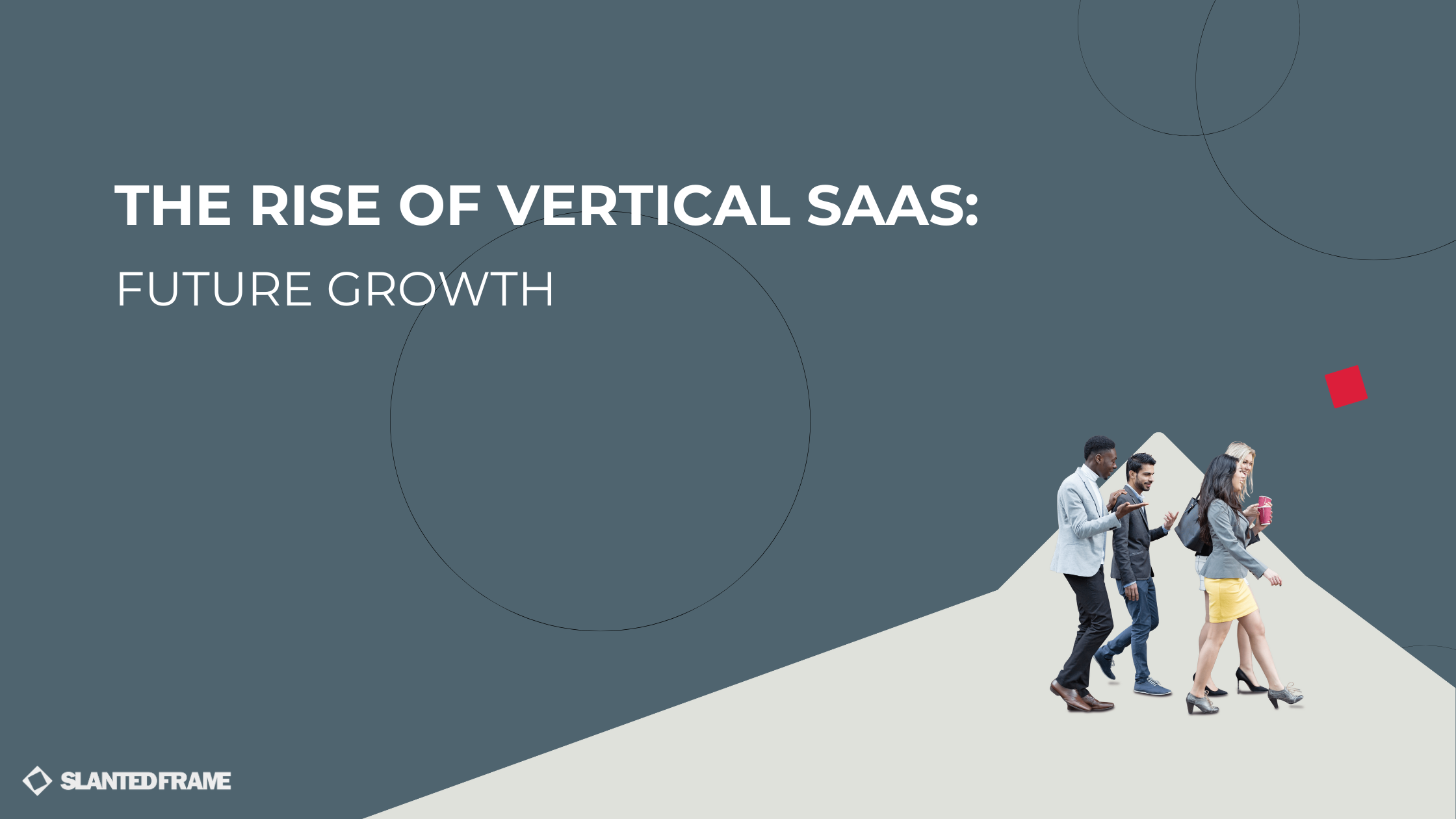In recent years, the software as a service (SaaS) industry has witnessed a paradigm shift toward more specialized, industry-specific offerings. This evolution has given rise to the concept of vertical SaaS, a trend that’s not only transforming the software landscape but also creating unique content marketing opportunities for agencies.
In this article, we’ll delve into what vertical SaaS is, why it’s considered the future, and what its benefits are.
What is Vertical SaaS?
Vertical SaaS refers to software solutions designed to cater to the specific needs of a particular industry or sector. While many traditional SaaS products have offered tools suitable for a wide range of industries, vertical SaaS focuses on the nuances and unique challenges of a single industry, offering more tailored, in-depth functionalities. This approach allows businesses within a specific vertical to leverage software that speaks directly to their operational, regulatory, and market requirements.
Why is Vertical SaaS the Future?
The shift towards vertical SaaS is driven by a demand for more personalized and efficient software solutions. Businesses seek products that not only automate their processes but also align closely with their industry’s unique challenges. Vertical SaaS, inherently designed to understand its target industry’s ecosystem deeply, offers a more relevant solution than generic SaaS products.
Supporting this shift, the global SaaS market is experiencing significant growth, projected to reach $307.3 billion by 2026, growing at a Compound Annual Growth Rate (CAGR) of 11.7%. This growth underscores the expanding opportunity within the SaaS domain, with vertical solutions playing a pivotal role in this evolution.
The future of vertical SaaS is intertwined with emerging trends and advancements in technology, such as AI and Machine Learning. These technologies are set to enhance vertical SaaS platforms by providing more customized solutions and intelligent insights, thus improving operational efficiency and decision-making for businesses.
As industries continue to evolve and new ones emerge, the adaptability and scalability of vertical SaaS solutions will be crucial. The increasing specialization within industries underscores a growing demand for these targeted solutions, positioning vertical SaaS as a vital element in the future SaaS landscape, driving industry-specific digital transformation.
Integrating AI and Machine Learning
The vertical SaaS sector is increasingly harnessing the power of Artificial Intelligence (AI) and Machine Learning (ML). These technologies are being integrated into SaaS solutions to provide more customized and nuanced services. AI and ML enable a broader and more targeted analysis, interaction with, and learning from user data, enhancing the personalization and efficiency of SaaS platforms. This integration is especially pivotal in sectors like healthcare, where predictive analytics and personalized patient care are becoming more prevalent.
Furthermore, AI and ML’s ability to analyze and leverage large datasets helps vertical SaaS companies better understand customer preferences, optimize their services, and anticipate market trends. This capability is not just transforming the way companies operate internally but also how they interact with their clients, offering a more data-driven, insightful, and proactive approach.
Benefits of Vertical SaaS
- Industry-Specific Expertise: Vertical SaaS providers offer solutions that are imbued with industry-specific knowledge, ensuring that the software aligns closely with the business’s operational needs.
- Enhanced Customization and Integration: These solutions often include features and integrations tailored to specific industry workflows, reducing the need for extensive customizations.
- Better Compliance and Security: Understanding industry-specific regulations, vertical SaaS solutions are designed to ensure compliance with sector-specific laws and standards, providing enhanced data security and peace of mind.
- Cost-Effectiveness: By focusing on the essential features required by a particular industry, businesses can avoid paying for unnecessary functionalities, leading to better ROI.
- Community Building: Vertical SaaS providers can foster a community of users within the same industry, facilitating a platform for networking and sharing best practices.
- User Retention: Vertical SaaS’s targeted approach significantly improves user retention. Strategies that emphasize industry-specific content marketing and customer engagement can deepen user relationships, encouraging loyalty and sustained usage.
Find out more in our blog on 4 ways you can improve your SaaS user retention.
Content Marketing’s Role in Vertical SaaS
The rise of vertical SaaS opens a new realm of content marketing opportunities. Content that addresses the specific pain points, trends, and success stories of niche industries can resonate more profoundly with the target audience. SaaS providers can leverage this by creating targeted content strategies, including industry reports, case studies, webinars, and thought leadership articles, to position their clients as authorities within their specific verticals.
Moreover, content marketing in the vertical SaaS space allows for more personalized and relevant messaging, which can significantly improve engagement rates and conversion. By understanding the unique language and concerns of each industry, businesses can craft content that not only informs but also connects on a deeper level with the audience.
Take a deeper dive into these insights with our comprehensive blog on B2B SaaS Content Marketing.
Conclusion
The transition to vertical SaaS is a testament to the software industry’s move towards more personalized, efficient, and industry-centric solutions. This shift not only benefits businesses seeking software that truly aligns with their industry’s needs but also presents a fertile ground for content marketers to explore and innovate. By diving deep into the nuances of specific industries, agencies can unlock new avenues for engagement, demonstrating that the future of SaaS and content marketing is indeed vertical.
Feeling overwhelmed by the transition to vertical SaaS or unsure how to maximize its potential for your business? Get in touch.

